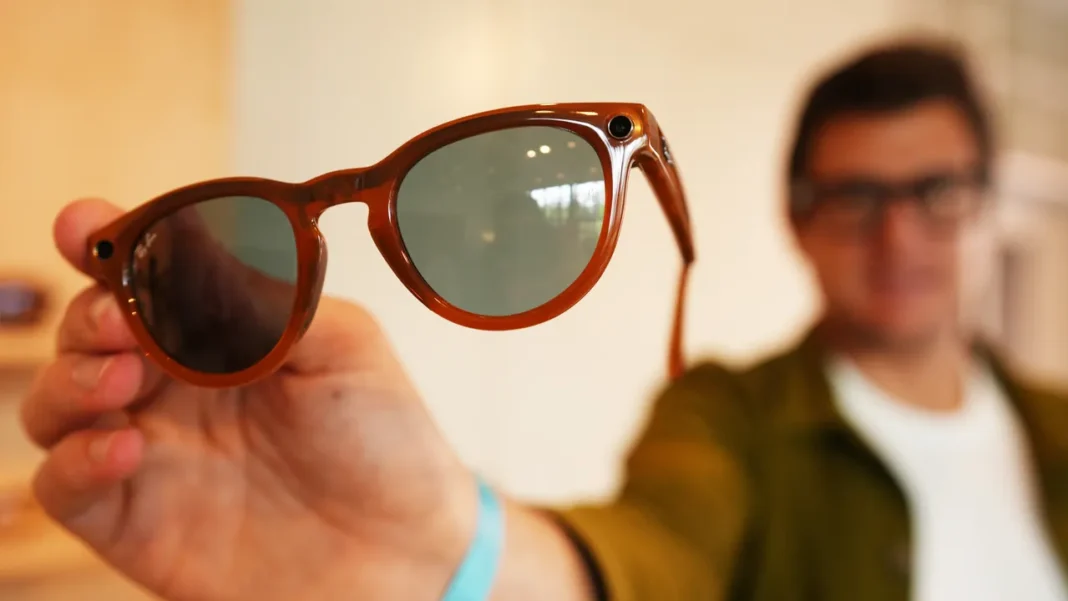For many of us, the routine of waking up, reaching for our glasses, or popping in our contact lenses is as instinctive as brushing our teeth. But what if there was another way?
In this comprehensive exploration of advanced vision correction, we’ll go beyond the everyday crutches of eyewear to uncover a world of exciting alternatives and emerging technologies aimed at revolutionizing how we see the world.
Traditional Vision Correction: A Snapshot
Glasses and contact lenses have been steadfast companions for those with vision concerns, proving their worth as reliable and effective tools for vision correction. However, these traditional solutions, though familiar and established, come with their own set of pros and cons.
The Advent of Contact Lenses
Introduced as early as the late 1800s, the idea of contact lenses has come a long way, offering wearers a more active and naturalistic experience. But they, too, have limitations, from the maintenance they require to the discomfort some users may experience.
Glasses: More than a Fashion Statement
Glasses remain the most popular and versatile vision correction method. With a wide range of styles and functionality, they have become a part of personal expression. Yet, they can also be restrictive and require conscious care and occasional replacement.
Advanced Vision Correction Technologies
Enter the realm of cutting-edge advancements in vision correction. These methods promise not just clarity of vision but a broader spectrum of quality-of-life improvements.
Precision at Its Peak: Laser Eye Surgery
Laser-assisted in Situ Keratomileusis (LASIK) and Photorefractive Keratectomy (PRK) have become household names in the domain of eye surgery. They offer quick, painless procedures for long-term corrective results.
The Lens Within: Intraocular Lenses
Originally developed for cataract surgery, the implantation of Intraocular Lenses is now a viable option for vision correction without the need for external eyewear.
Sleeping to See: Corneal Refractive Therapy (CRT)
Offering a non-surgical and reversible procedure, CRT involves wearing specially designed lenses overnight to reshape the cornea, providing clear vision during the day.
Molding Vision: Orthokeratology (Ortho-K)
This technique involves using specialized contact lenses worn during sleep to reshape the cornea, much like CRT but can cater to a broader range of vision conditions.
The Safe Bet: Implantable Collamer Lenses (ICL)
This phakic intraocular lens is surgically implanted and offers a correction method that does not require removing any of the eye’s natural lens structure.
A Smile for Your Eyes: Zeiss SMILE
The realm of vision correction witnessed a groundbreaking addition with the introduction of Zeiss SMILE (Small Incision Lenticule Extraction). This minimally invasive laser procedure carves out a new frontier in eye surgery by offering a flapless alternative to traditional LASIK. Unlike LASIK, which requires creating a flap in the cornea, SMILE utilizes a high-precision femtosecond laser to make a small, lens-shaped cut in the cornea.
Benefits of Innovative Solutions
The dizzying array of modern vision correction methods brings with it an assortment of benefits for those who opt for these advanced solutions.
Enhanced Vision Quality
One of the most apparent benefits is the significant improvement in visual acuity, often surpassing what traditional eyewear can offer.
Freedom from Eyewear Dependency
Many individuals who undergo advanced vision correction techniques report a newfound sense of freedom from the daily routine of maintaining and relying on glasses or contact lenses.
Long-Term Cost-Effectiveness
While the initial investment for some of these advanced procedures may seem steep, the long-term costs can be significantly lower compared to the accumulative expenses of constantly updating prescription eyewear.
Challenges and Considerations
However, it’s not all sunshine and rainbows. The road to immaculate vision is paved with potential risks and considerations.
Weighing the Risks
Every medical procedure carries some level of risk, and prospective patients need to understand and weigh these against the benefits.
Suitability for Different Eye Conditions
Not all correction methods are one-size-fits-all. Some techniques are better suited for certain eye conditions and may not deliver adequate results for others.
The Price of Quality Vision
Affordability and insurance coverage are real hurdles for many considering these advanced options, with certain procedures not being covered or requiring additional out-of-pocket expenses.
Future Trends in Vision Correction
What does the future hold for those looking to correct their vision? Here, we glimpse into the crystal ball of ophthalmology to see what’s on the horizon.
Emerging Technologies
From gene therapy to bionic lenses, researchers are pushing the boundaries of what’s possible, offering potential solutions that could enhance or altogether replace current methods.
Personalized Treatment Approaches
The advent of personalized medicine could see custom treatment plans becoming more prevalent, taking into account an individual’s genetics and lifestyle.
Accessibility and Affordability
A primary focus for the industry is making these innovative solutions more accessible and affordable, ensuring that groundbreaking advancements do not remain out of reach for the general populace.
Conclusion
Remember, as with any significant medical decision, consultation with a qualified professional is paramount. With the right information and guidance, the path to unaided vision can become a reality for many. The future of vision correction is not just about seeing better—it’s about redefining what’s possible.


















